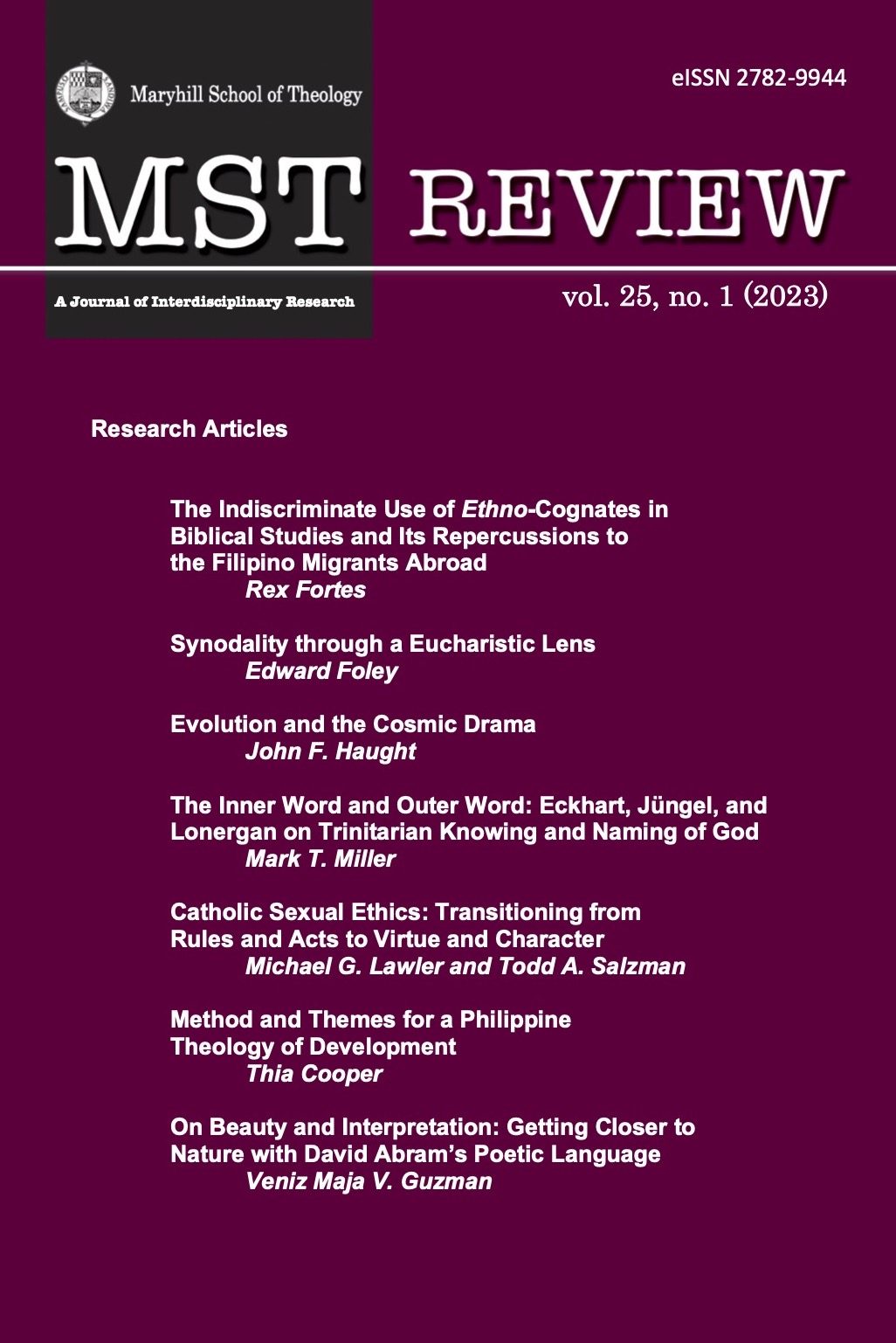Catholic Sexual Ethics
Transitioning from Rules and Acts to Virtue and Character
Keywords:
Aquinas, Augustine, Conscience, Ethical Method, Sexuality, Vatican II, Virtue EthicsAbstract
Catholic sexual ethics was established by its great theological Fathers, theologians like Augustine and Thomas Aquinas. It prescribed and proscribed acts with absolute rules. Since the Second Vatican Council there has been a gradual retrieval and integration of virtue ethics into Catholic moral theological discourse and a renewal of Catholic sexual ethics. This ancient ethical approach dates from Aristotle and Aquinas. In virtue ethics, the ethical action is the action that gives precedence to the character of the person formed in an ethical community, and not to the person’s actions, though there is an ongoing dialectic between character, community, and action. In this essay, we present and distinguish those two approaches to Catholic sexual ethics in three parts. Part one explains the Second Vatican Council’s methodological shift from classicism to historical consciousness, which fundamentally transformed Catholic ethical method. Part two provides a biblical and historical overview of Catholic sexual ethics that develops into a rule-based approach to sexual ethics. Part three explains virtue ethics as the culmination of the ethical methodological shift in Catholic theological ethics and its implications for Catholic sexual ethics.
Published
How to Cite
Issue
Section
License
Copyright (c) 2025 MST Review

This work is licensed under a Creative Commons Attribution-NonCommercial-NoDerivatives 4.0 International License.

